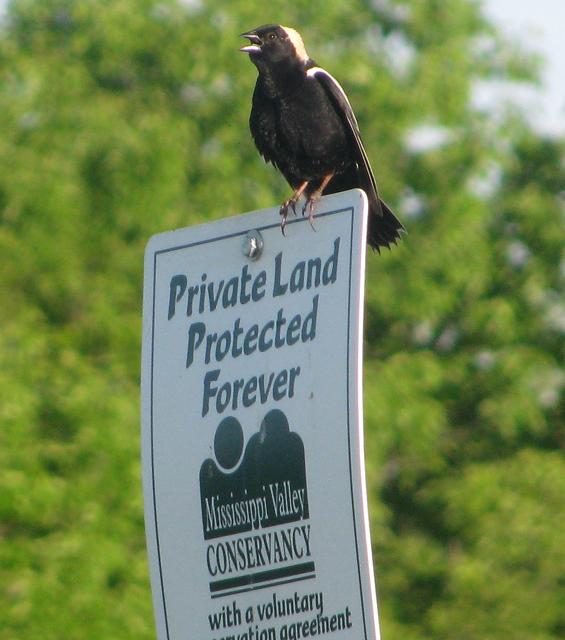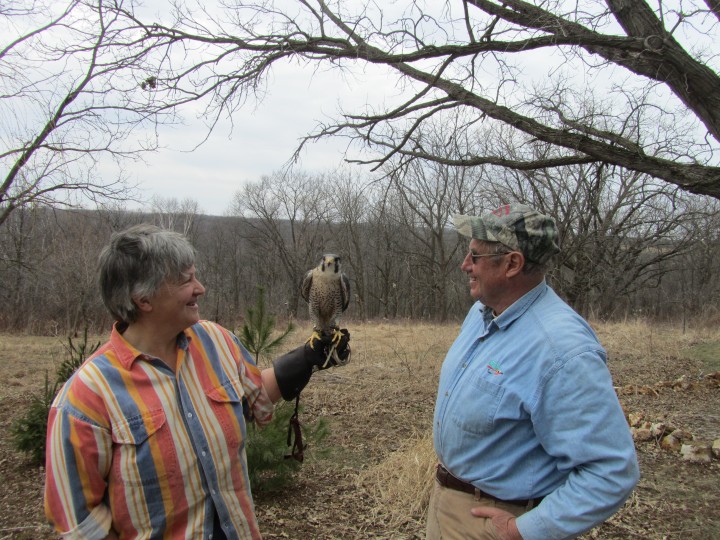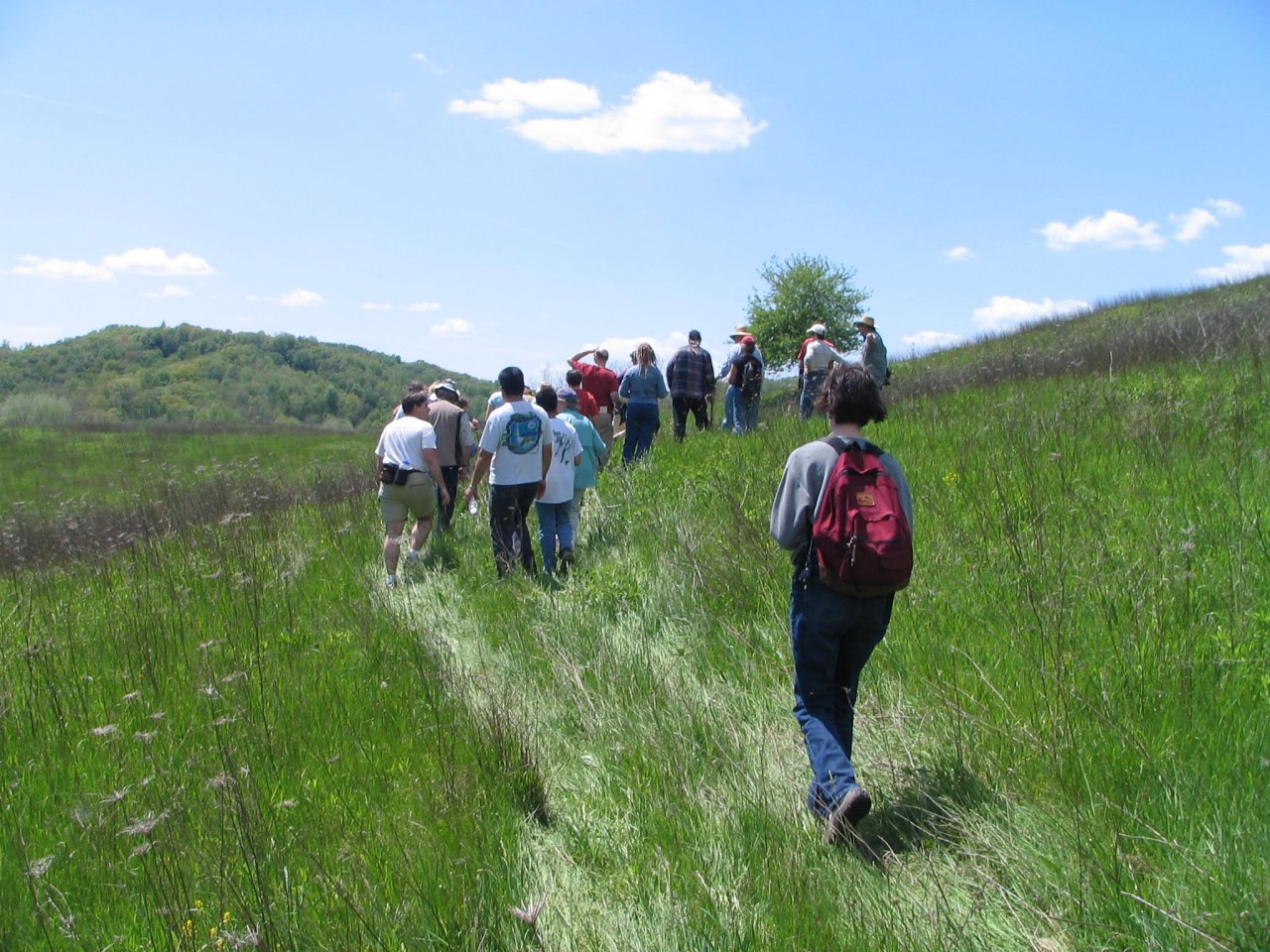Mississippi Valley Conservancy
Why Bird Conservation?
The mission of the Mississippi Valley Conservancy (MVC) is conserving native and working landscapes. In its nine-county service area, the land trust has protected 17,000 acres to date—3,000 acres of owned nature preserves and 14,000 acres through conservation easements. According to Conservation Director Abbie Church, “it wasn’t so much that we chose bird conservation, but birds chose us.”
MVC prioritizes the protection of intact functional ecosystems. Church explains how as they started to review different conservation plans, wildlife action plans, and Important Bird Areas of Wisconsin, they saw they couldn’t have healthy ecosystems without the presence of birds. “If you have rare bird species on your land, that indicates the quality of the habitat and vice versa,” says Church. Over time, as more properties were subdivided or developed and taken out of agricultural production, landowners noticed the direct impacts habitat loss had on bird species in the area.
Spotlight Resource: Partnership with a Local Bird Conservation Organization

Mississippi Valley Conservancy recognized the need to prioritize species and habitats, but was limited by the skillset and amount of time its small staff and volunteer board could dedicate to this task. For example, they found identifying bird calls during the breeding season to be a major challenge. Church says, “We didn’t have the skill set to identify if the sites we were working on even had the birds we were looking for.”
Because of their limited capacity, MVC reached out to their local Audubon chapter, the Coulee Region Audubon Society, and asked if they had volunteers who could come out to private properties and conduct informal bird surveys. The National Audubon Society is a conservation organization whose mission is to conserve and restore natural ecosystems, focusing on birds, other wildlife, and their habitats. With 22 state programs, 41 centers, and 450+ local chapters, it’s easier than ever for a land trust to find a local Audubon group to partner with.
Church explains, “Volunteers immediately came out and became very excited about our land, saying that what we had was good habitat for birds. They were even able to identify the call of Whip-poor-wills, saying it was the most they had ever heard. This is a bird species that had once been audible in every single land area 30-40 years ago; we used to hear them all the time, and now we don’t. The enthusiasm, knowledge, and skill set of volunteers with the Coulee Region Audubon Society transferred to the landowners who owned the land, and who then wanted to conserve their land permanently with conservation easements.”

Volunteers hiking on Mississippi Valley Conservancy’s Tunnelville Cliffs State Natural Area, listening for the elusive Henslow’s Sparrow. Photo credit: Jessica Bolwahn
Advice for Other Land Trusts
“The first thing any land trust should do is to look for organizations in your area with whom you can partner with. It’s true for nearly every land trust: we have limited staff capacity and funding. You can identify organizations that can help you so you’re not reinventing the wheel; in my case we reached out to the Coulee Region Audubon Society to do bird surveys. What’s amazing is the skill set of the people in the community for identifying birds, and the passion they bring. Land trusts can tap into local resources which will really help to leverage both time and funding, and to help the birds in the end,” says Church.
What’s Next?

Mississippi Valley Conservancy has a number of projects in the works, one of which involves a parternship with landowners in the Kickapoo Watershed to improve the water quality of the Mississippi River. Traditionally, there was a mindset that agricultural land use and habitat conservation were mutually exclusive. This is where birds come into play, says Church. Research shows that grassland bird diversity is greatest in agricultural land managed via rotationally grazed pastures. MVC is working with landowners on highly erodible soils around the river to take their lands out of row-crop production and manage them for rotational grazing, which Church explains has a two-fold benefit of improving water quality and restoring habitat for grassland nesting birds. Mississippi Valley Conservancy then plans to permanently protect the area with conservation easements, to the benefit of the land, the water, and the birds.



